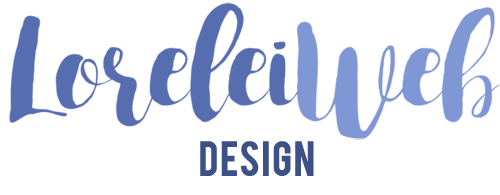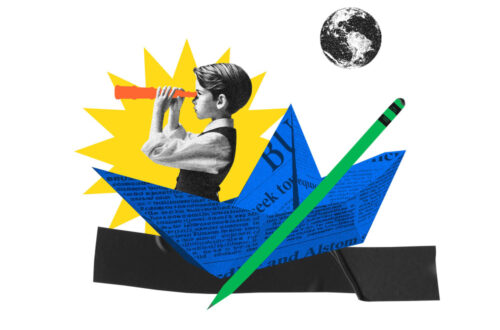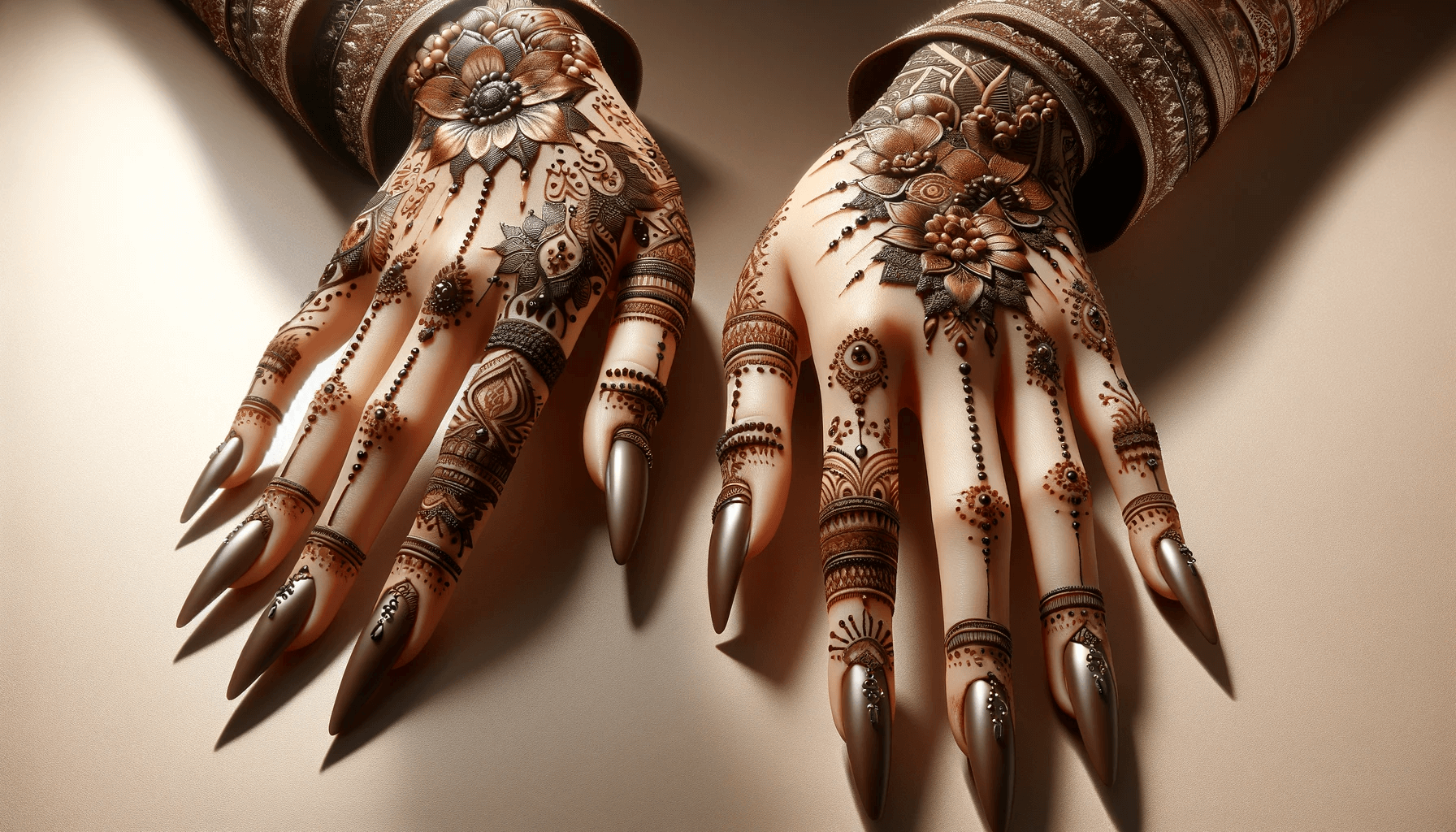In the world of digital art and design, Adobe Illustrator and Adobe Photoshop are two powerful software applications that are widely used by artists, designers, and photographers. However, when it comes to drawing, there are some key differences between the two that you should consider before picking your preferred software. Let’s dive into the specifics of Adobe Illustrator vs Photoshop for drawing and compare your art warriors in 2024.
Key Takeaways:
- Adobe Illustrator is a vector-based application that produces clean and sharp illustrations that can be scaled to any size without losing quality.
- Photoshop is a raster-based image editor that is suitable for drawing with traditional media-like pencils or paint.
- Choosing between Illustrator and Photoshop depends on your specific needs as an artist and the desired outcome.
Understanding the Types of Graphics Generated
One of the key distinctions between Adobe Illustrator and Photoshop is the type of graphics they create. Illustrator is a vector-based application that creates graphics using mathematical formulas. This means that the images created can be scaled up or down without losing quality. This makes it an ideal tool for creating logos, icons, and illustrations that need to be printed or displayed at different sizes. Vector graphics are resolution-independent, meaning the lines and shapes are defined by mathematical equations rather than pixel data, making them infinitely scalable.
Photoshop, on the other hand, is a raster-based image editor that works with pixels. This means that the images created have a fixed resolution and will become pixelated when scaled beyond their original size. When working with Photoshop, it’s important to keep in mind the final output size and resolution, as this will affect the quality of the image. Raster images are defined by individual pixels, each with a specific color value, making them best suited for digital use and photo manipulation.
When deciding which application to use, it’s important to consider the intended use of the graphic. If you’re creating a logo or illustration that needs to be scaled up or down, Illustrator would be the better choice. If you’re working with photos or digital graphics, Photoshop may be a more suitable option.
Drawing Capabilities: Precision vs Versatility
When it comes to drawing, the differences between Illustrator and Photoshop become more apparent. Illustrator is a vector-based application, which means it works with mathematical formulas to create clean and sharp lines. This is great for logo design and illustrations. Illustrator drawings can be scaled and printed at any size without losing image quality. It is well-suited for graphics that will be printed on signs or banners.
On the other hand, Photoshop is an image editing software that works with pixels. It is often used for photo retouching and manipulation. When drawing in Photoshop, it is important to plan ahead for the final output size to avoid pixelation. Photoshop offers a wide range of editing tools and effects that can mimic traditional media like pencils, chalk, or paint.
The choice between Illustrator and Photoshop depends on the type of drawing you want to create and the final intent for the drawing. Illustrator is preferred for super sharp and clean edge drawings, while Photoshop allows for a more organic and natural-looking result.
It is recommended to use a pressure-sensitive tablet, such as those offered by Wacom, when working in Photoshop to fully utilize its drawing capabilities.
Both Illustrator and Photoshop have their own unique styles and strengths. Von Glitschka is a renowned Illustrator artist known for his distinct look and style, while Patrick Lamontagne excels in cartoon and photo-realistic drawings, all done in Photoshop.
In summary, if you are looking for precision and scalability in your drawings, Illustrator is a better option. However, if you prefer a more versatile and traditional approach that mimics various media, Photoshop is the way to go. Ultimately, the choice depends on your preferences and the specific requirements of your project.
Output Size and Planning
In terms of output size, Illustrator eliminates the need for upfront planning. The vector-based application allows for scalable designs, meaning you can create an illustration or logo and print it at any size without losing image quality. This makes it the ideal software for designers and artists who require flexibility in their artwork.
On the other hand, Photoshop is a raster-based image editor that works with pixels. It is crucial to plan ahead for the final output size, especially if it will be printed. When creating a design or drawing in Photoshop, it is important to consider the resolution suitable for printing. This can be a complex process as the print quality is dependent on the number of pixels per inch (PPI) in the image. If you are unsure about the final output size, it may be better to work in Illustrator and then import the artwork into Photoshop for final touches, such as adding texture or special effects.
Photoshop is commonly used for photo editing and creating collages, while Illustrator is favored by graphic designers for creating vector graphics, logos, and icons. It is important to determine the final intent and desired style of the drawing or design before choosing the appropriate software. If scalability is important, Illustrator is the best choice. If the design involves raster images and photo editing, Photoshop is the way to go.
Real-Life Examples and Conclusion
When it comes to real-life examples, there are artists who excel in both Illustrator and Photoshop. One renowned Illustrator artist is Von Glitschka, who has a unique style that relies heavily on vector graphics. His work showcases the precision and clean lines that Illustrator is known for. Another example is Patrick Lamontagne, a cartoon artist who does all his work in Photoshop. He uses the powerful tools available in Photoshop to create detailed line drawings and photo-realistic paintings.
These examples show the creative possibilities offered by both Illustrator and Photoshop. While Illustrator excels at creating scalable artwork, Photoshop offers a wide range of editing tools and effects that can create organic and natural-looking results. The choice ultimately depends on the specific needs of the project and the desired final output size.
In conclusion, both Illustrator and Photoshop are powerful tools for artists and graphic designers. Understanding the differences and strengths of each software is crucial in making an informed decision on which to use. By exploring real-life examples and considering the specific requirements of a project, artists can achieve their desired results and showcase their unique style.




